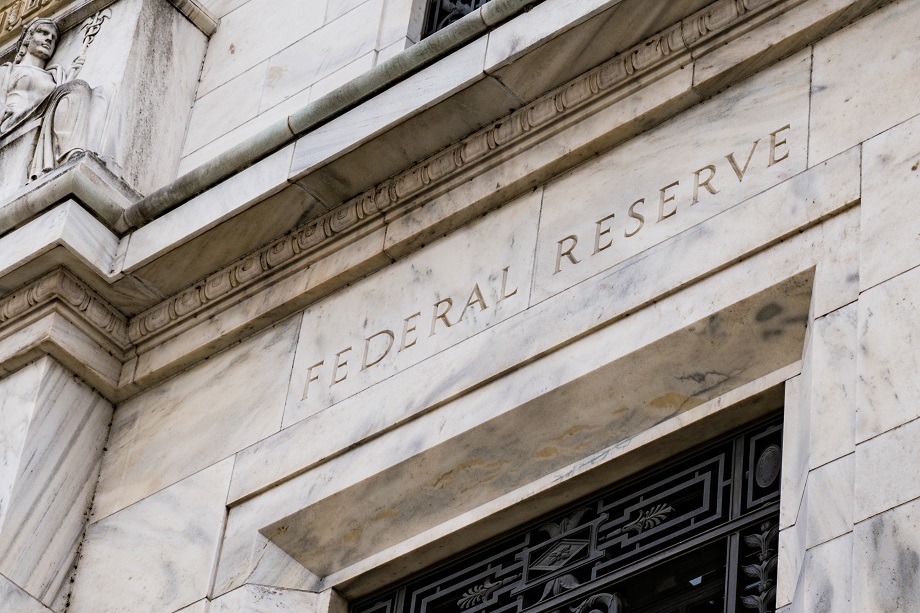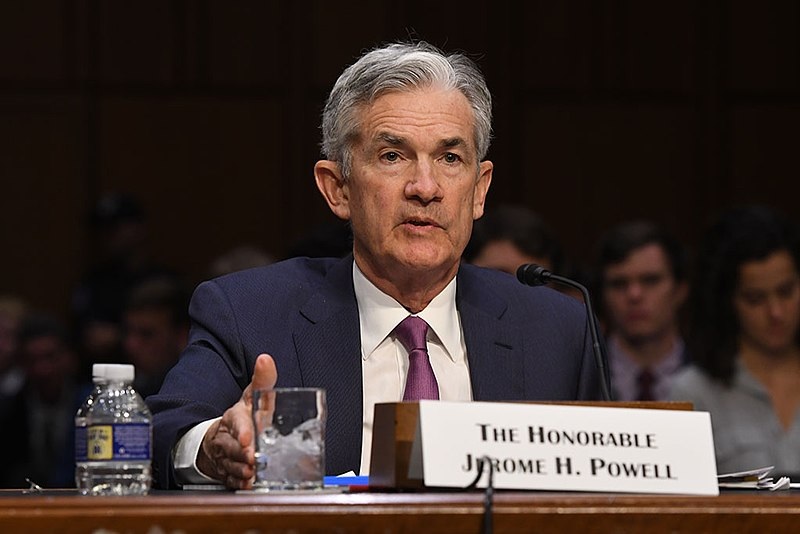economy online news
By Christopher Rugaber
Washington(AP) — With inflation at a four-decade high, the job market strong and consumers still spending, the Federal Reserve is under pressure to continue raising interest rates aggressively. online news
When it ends its latest policy meeting Wednesday afternoon, the Fed is expected to impose a second consecutive three-quarter-point hike in its benchmark interest rate, raising it to a range of 2.25% to 2.5%. It will be the Fed’s fourth rate hike since March. Since then, the central bank has tightened credit ever more aggressively.
A news conference that Chair Jerome Powell will hold Wednesday — and whatever signals, if any, he sends about the Fed’s next steps — will draw intense interest.
By raising borrowing rates, the Fed makes it costlier to take out a mortgage or an auto or business loan. In turn, consumers and businesses will likely borrow and spend less, cooling the economy and slowing inflation. The Fed’s hikes have already led to a doubling of the average rate on a 30-year fixed mortgage in the past year, to 5.5%, and home sales have tumbled. The central bank is betting it can slow growth just enough to tame inflation yet not so much as to trigger a recession — a risk that many analysts fear may end badly.
Some analysts point to signs that the economy is slowing and might even have shrunk in the first half of the year. As a result, they worry that the Fed could end up tightening credit too much, too fast, and end up causing a downturn that would lead to layoffs and rising unemployment.
In the meantime, the surge in inflation and fear of a recession have eroded consumer confidence and stirred public anxiety about the economy, which is sending frustratingly mixed signals. With the November midterm elections nearing, Americans’ discontent has diminished President Joe Biden’s public approval ratings and increased the likelihood that the Democrats will lose control of the House and Senate.
On Thursday, when the government estimates the gross domestic product for the April-June period, some economists think it may show that the economy shrank for a second straight quarter. That would meet one longstanding assumption for when a recession has begun.
But economists say that wouldn’t mean a recession had started. During those same six months when the economy might have contracted, employers added 2.7 million jobs — more than were gained in most entire years before the pandemic. Wages are also rising at a healthy pace, with many employers still struggling to attract and retain enough workers.
The definition of recession that is most widely accepted is the one determined by the National Bureau of Economic Research, a group of economists whose Business Cycle Dating Committee defines a recession as “a significant decline in economic activity that is spread across the economy and lasts more than a few months.” The committee assesses a range of factors before publicly declaring the death of an economic expansion and the birth of a recession — and often does so well after the fact.
The Associated Press & the Canadian Press. All rights are reserved.
economy online news
Notes from APS Radio News
During the past few years, a number of the world’s central banks have engaged in massive programs of monetary expansion, even as jobs and businesses were lost by way of virus-related restrictions and quarantines.

For example, beginning in March of 2020, the US Federal Reserve engaged in a substantially greater program of monetary expansion by purchasing hundreds of billions of dollars of Treasury and corporate bonds.
Since the early part of March 2020 to date, the Federal Reserve has added over $4 trillion to its holdings.
In particular, whereas on or about February 24, 2020, the holdings of the Federal Reserve stood at $4.2 trillion, on or about January 17, 2022, the holdings of the Federal Reserve stood at about $8.9 trillion.
As well, the Federal Reserve has kept interest rates low.
world news online news
Recently, Jerome Powell, the head of the Federal Reserve, said that he wasn’t concerned about inflation and that, for the none, the Federal Reserve would keep interest rates at low levels.
Another examples is that of the Bank of Japan.
According to Fred Economic Data, as of October 2021, the Bank of Japan’s holdings were about $6.4 trillion or about 725 trillion Yen.
In the early part of March 2020, the Bank of Japan’s holdings were $5.3 holdings. During the period mentioned, the Bank of Japan added over one trillion dollars to its holdings.
A number of corporations have been borrowing money inexpensively and have been purchasing their own shares of stocks, increasing share prices of stocks.
Still, there are concerns among investors.
A number of them have expressed concerns about central banks’ eventually increasing interest rates, as, during the past year, inflation levels have been increasing.
The combination of low interest rates, expansive monetary policies, fiscal stimulus programs, which themselves have infused trillions into the US economy, and shortages of goods and services caused by virus-related restrictions and lockdowns has increased levels of inflation.
Investors also have worried, for example, about announcements that were made by companies like Toyota and VW; months ago, those companies announced that because of shortages of particular types of material, they would be reducing levels of production.
Months ago, the results of a survey of UK manufacturers were released.
That survey indicated that many businesses in the UK were concerned about shortages of supplies.
In general, jobs and businesses have been lost by way of mandates, restrictions and quarantines, which, in their turn, were imposed by way of the virus narrative.
In the US, overall, the mortality rate of the virus is about .069%, according to Statista, an award-winning service.
The recovery rate is over 99% for most age groups.
What has followed in the wake of lockdowns and mandates has been the infusion of trillions of dollars into the US economy, the increasing succeess of online businesses like Amazon and other large online retailers, various bank and tech-related stocks, the shuttering of small to medium-sized businesses and the loss of millions of jobs.
Another result has been the increasing levels of inflation, especially those of food and fuel.
In official terms, for purposes of reporting, the US Labor Department uses what is called “core inflation”.
Core inflation excludes items like food and fuel, as those are deemed too volatile.
economy online news


